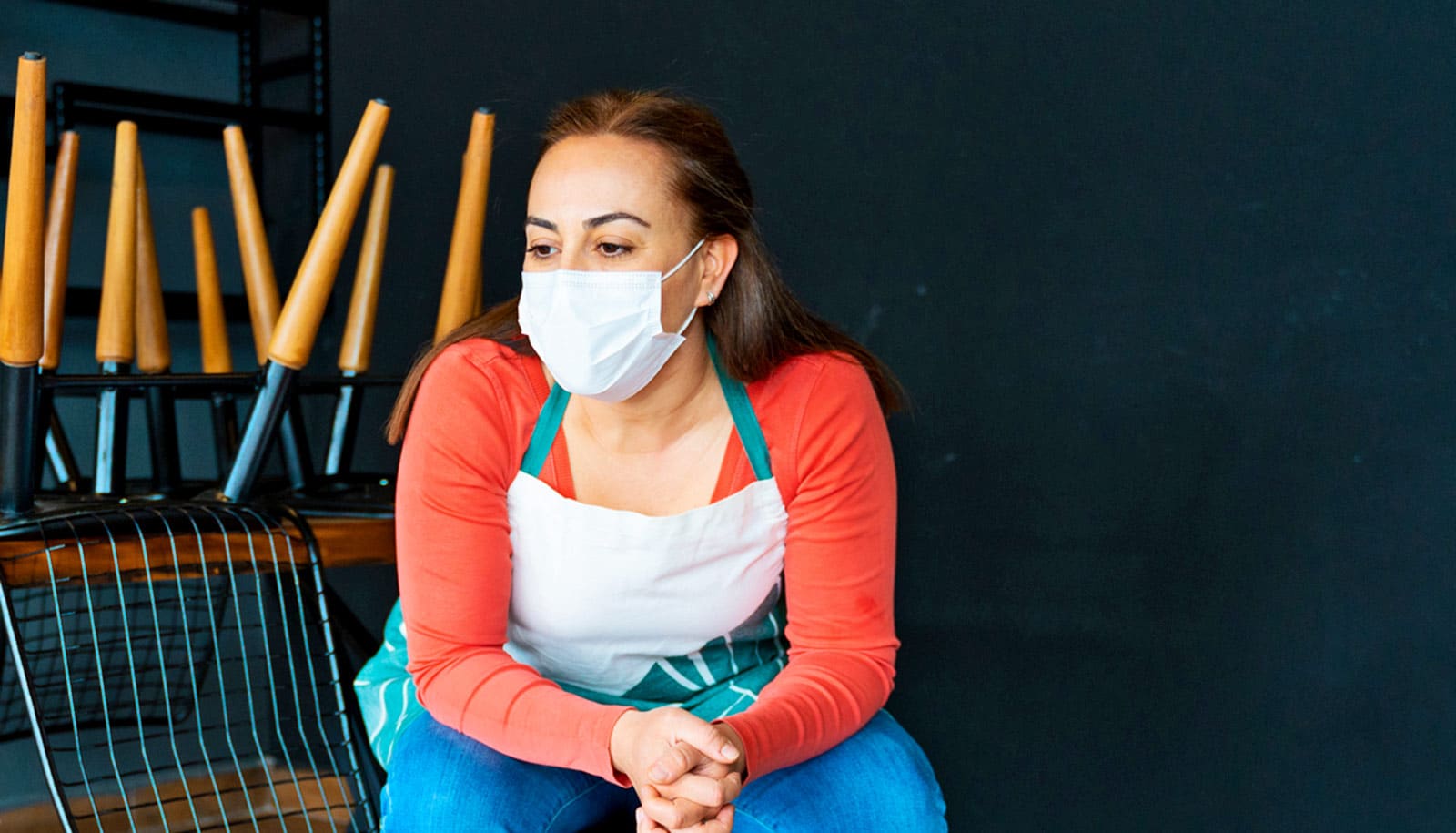People who work irregular job schedules staring at 22 are more likely to report sleep issues, poor health, and depressive symptoms by age 50, according to a new study.
With the rise of the US service economy and technological progress, researchers are taking a closer look at the impact of erratic work hours on the health of employees—nurses who make rounds into the predawn hours, burger flippers with irregular shifts, and software engineers who stay “in the zone” long past midnight.
The study shows that schedule chaos, an increasing phenomenon, can take a serious toll. Wen-Jui Han, a professor in the New York University Silver School of Social Work, with training in sociology, economics, developmental psychology, and public policy, led the study.
Published in the journal PLOS ONE, the study looks at how one’s social position “plays a significant role in these adverse health consequences” from working jobs with shifts outside the more traditional 9 am to 5 pm.
The findings show that individuals occupying a lower social position, such as those who did not go to college or whose job status may be precarious, are more likely than some others to suffer from inadequate or poor sleep.
Here are some additional takeaways from the study:
- Han’s research is the first scholarship on this topic to use longitudinal studies and a life-course perspective (with sequence analysis) to examine how work schedule patterns, whether consistently or periodically irregular starting in our early 20s, might be associated with our sleep and health as we approach mid-life.
- Her analysis relies on the National Longitudinal Study of Youth, a nationally representative sample of about 7,000 people in the US conducted over three decades. The data collection began in 1979, asking participants about their sleep and mental and physical health over time along with their evolving work schedules.
- Nonstandard work schedules, very prevalent across the US since at least the 1980s, are increasingly becoming a global phenomenon.
- The significantly poorer sleep and health outcomes observed through the longitudinal analysis are concentrated among people with vulnerable social positions, such as women, racial minorities, and those without a college degree.
- As expected, socioeconomic factors such as wages, marital status, education, and poverty are significantly associated with problematic sleep and health. But there are exceptions. Black workers, both women and men, reported a lower likelihood of having depressive symptoms than their white counterparts, for example. White women, particularly those with less than a high school education, reported the highest likelihood of depressive symptoms.
“In reality, our work patterns are more volatile and diverse than we can imagine,” says Han, whose research reveals that shifting schedules were relatively common among workers between ages 22 and 49, whether they started out working standard hours and transitioned to something more variable, or worked mainly 9-to-5 with some night shifts mixed in.
“About three-quarters of the work patterns we observed did not strictly conform to working stably during daytime hours throughout our working years. This has repercussions.”
People with work patterns involving any degree of volatility, she explains, are more likely to have fewer hours of sleep per day, lower sleep quality, lower physical and mental functions, and a higher likelihood of reporting poor health and depressive symptoms at 50 years old than those with stable standard work schedules.
Those adverse health consequences from nonstandard work schedule patterns—whether taking care of one’s own children at home or working a job for pay—are “alarming,” the study concludes, especially in light of the scholarship revealing that an adequate amount of quality sleep is important for heading off anxiety and depression, hypertension, obesity, or even stroke.
And “the picture becomes grimmer if we further disentangle these links by social position,” Han writes.
Source: NYU



